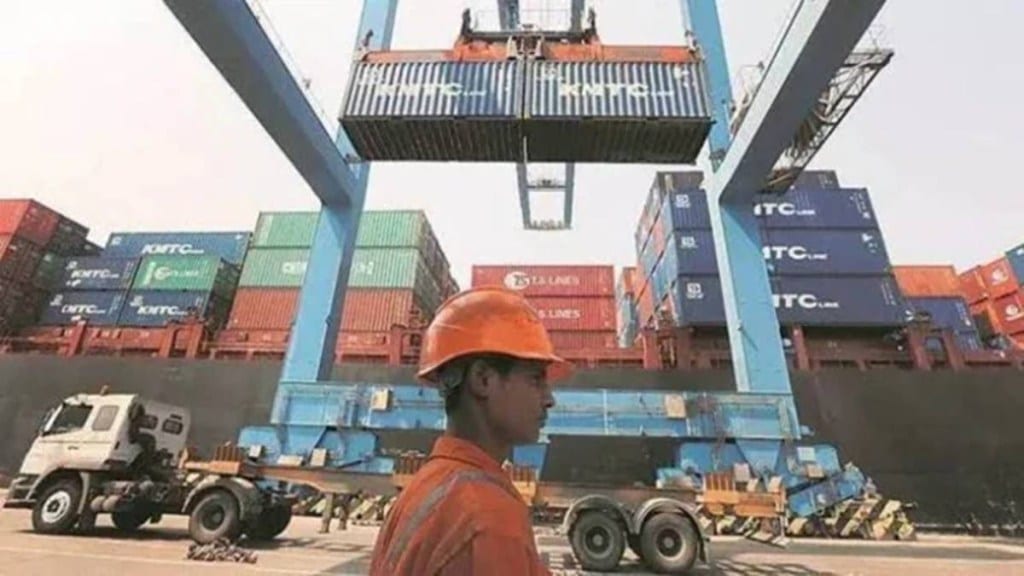As work on the western dedicated freight corridor (WDFC) moves into its final leg, commercial vehicle makers are expecting an impact on demand for long-haul, heavy-duty cargo trucks.
The entire 1,506 km rail line of the WDFC is expected to become fully operational by December 2025 facilitating faster and cheaper movement of goods compared to road shipments.
Starting in Dadri in Uttar Pradesh, the WDFC is nearing completion with the final 100 km stretch, which will connect the project to the Jawaharlal Nehru Port near Mumbai, under construction. Railway tracks have been laid till Vaitarna in Maharashtra.
Truck fleet owners are expecting lesser interest from large customers in transporting goods using national highways after the completion of the project.
Speaking at the investor day event, Girish Wagh, executive director, Tata Motors said, “The WDFC is likely to be container transportation to support export-import and this will, to some extent, impact the heavy tractor-trailer market.” The tractor-trailer market is essentially the 40-46 ton trailers.
The haulage tractor segment (semi-trailers and trailers) reported a growth of 22% during FY25 over FY24, selling 11,258 units, as per data shared by the Society of Indian Automobile Manufacturers (SIAM). This segment, which is defined by trucks having a gross vehicle weight of more than 31 tonne, are typically priced above `30 lakh.
“We estimate that the WDFC will shave 3-5% off medium & heavy commercial vehicle (MHCV) truck volume growth over 2-3 year after start of operations,” said a report by HSBC Global Research.
“Of this, 2-3% will be adversely affected by the shift of freight, originating from JNPT, from road to rail, and another 1-2% will be affected by the shift of freight to rail at in-between WDFC stations,” the report added.
WDFC has 14 major stations and more than 35 feeder routes in-between. In addition to dry goods, perishable goods are being transported on WDFC, leading to transportation cost and time savings as high as 25%.
“We think WDFC efficiency will only improve with time and lead to an incremental shift in freight from road to rail between its stations,” the HSBC report added.
Carmakers have already shifting to rail transport. In FY25, 1 million passenger vehicles were transported through the railways, representing nearly 20% of the total number of cars produced in the country. This is a sharp growth from the 1% share clocked in 2014. Maruti Suzuki, the country’s largest carmaker, will set up its third railway siding at its new plant in Kharkhoda, Haryana.
Ashok Leyland, one of the largest trailer manufacturers in India, expects the impact of the WDFC to be visible from FY26 onwards.
Wagh also believes that while the heavy-duty truck segment could see an impact, the intermediate, light and small commercial vehicle segment (ILCV and SCV) could see a better demand given the increased need for last mile transportation.
“On a point-to-point basis, the road sector will be better as compared to rail. And even if there is a movement happening of containers from hub-to-hub basis, we certainly need the tractor trailers for hub to spoke as well as the first and last mile movement, especially on the ports,” Wagh added.

